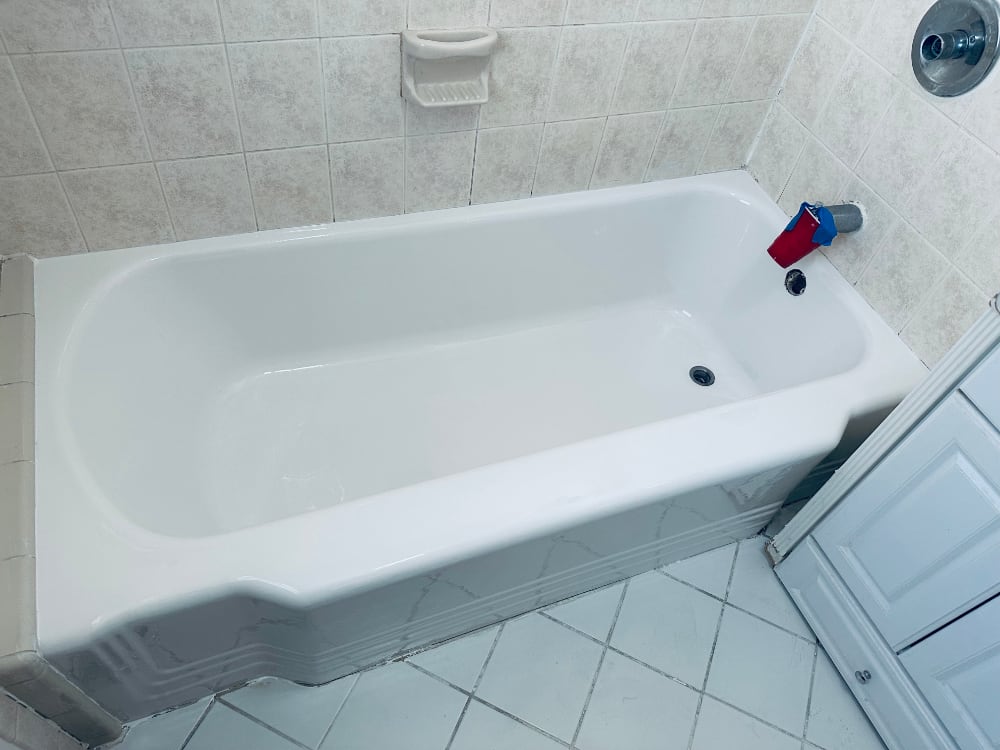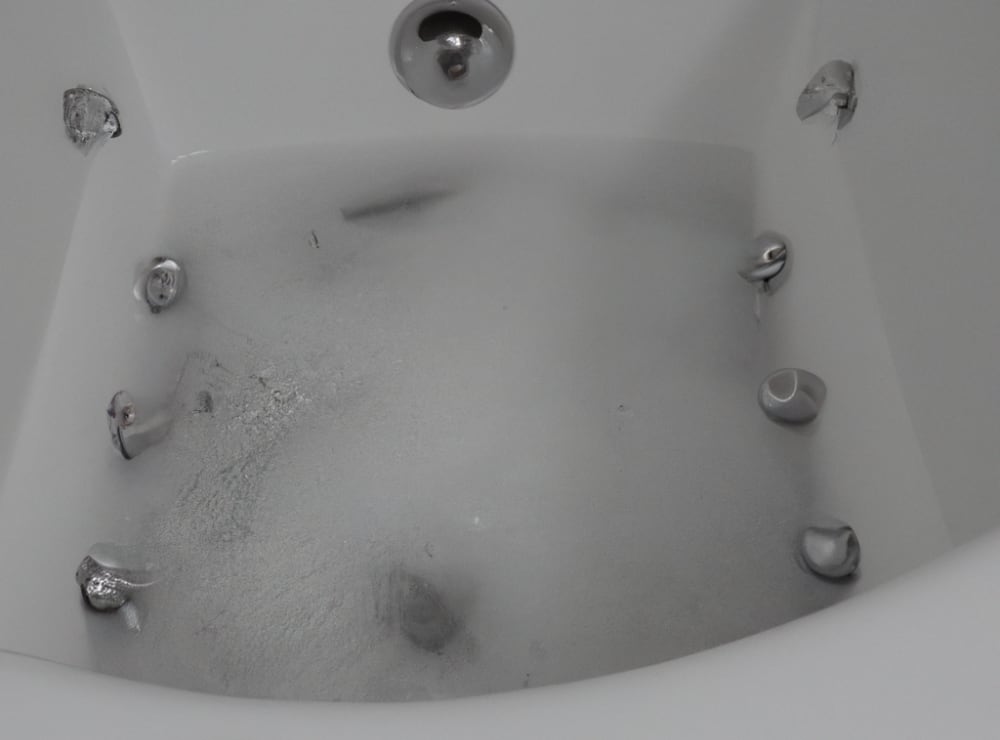A History of the Bathtub

Bathtubs, an essential part of modern-day hygiene and comfort, have a rich and intriguing past, with indications of their existence dating as far back as 2500 BCE during the height of the Indus Valley Civilization. These ancient tubs served both utilitarian and ritualistic purposes, often sculpted from raw materials like stone and clay.
Baths and bathing, a long-standing practice across cultures, reached new heights in sophistication and luxury in ancient Greece and Rome, with the creation of public bathhouses serving as centers for both hygiene and socializing.
These bathhouses, replete with heated pools, saunas, and other luxuries, provided a place for citizens to lounge, converse, and even doze off, as the Romans were known to indulge in their love for long soaks.
However, the bathtub as we recognize it today was a relatively recent invention, not materializing until the 1800s. Prior to this, personal bathing was limited to washing in a basin or a simple, freestanding tub that was filled and then emptied after each use. The advent of indoor plumbing, however, paved the way for the practicality and convenience of the standalone bathtub.

The Birth of the Modern Bathtub: The Cast Iron Bathtub
The Mott Iron Works Company in New York City created the first cast iron freestanding bathtub in 1842. Abraham Jacob Mott established the business in 1825, and it specialized in the manufacture of cast iron goods such firebacks, grates, and stoves.

Sand casting was used to create the cast iron bathtubs produced by the Mott Iron Works Company, and to increase their durability and cleanliness, a porcelain enamel coating was applied. These early baths were highly pricey and were regarded as a luxury item at the time.
History of the bathtub underwent a dramatic change with the invention of the cast iron bathtub. Before this, bathtubs were frequently fashioned of stone or wood, neither of which were as strong or long-lasting as cast iron.
The invention of additional bathtub kinds made of materials like enameled steel and acrylic was also made possible by the cast iron bathtub.
Early in the 20th century, bathtubs started to be produced using a range of materials, including porcelain, fiberglass, and acrylic, and they also became more reasonably priced. Bathtubs became considerably more prevalent in houses as a consequence of the new materials’ ability to make them lighter, simpler to install, and more economical.
The Story of the Jacuzzi: How a Family’s Invention Became a Household Name
The term “Jacuzzi” denotes the eponymous brand of whirlpool bathtub invented by the Jacuzzi brothers, a clan of seven pioneering Italian immigrants, who left a lasting impact on aviation through their contributions to aircraft design and propulsion before settling in California.
Candido Jacuzzi, one of the siblings, created a compact hydrotherapy pump in 1956 with the intention of alleviating the suffering of his son, who was suffering from the debilitating effects of rheumatoid arthritis.
In 1968, the Jacuzzi brothers, envisioning the potential of their pump beyond just therapeutic purposes, launched the first-ever Jacuzzi whirlpool bath, dubbed the “Roman” bathtub.
This revolutionary invention quickly gained widespread popularity, becoming a coveted luxury item in households and hotels across the globe.

The growing inclination towards indulgence and luxury in bathing experiences has resulted in an increasing number of individuals opting for expansive and sophisticated bathtubs, equipped with a myriad of features such as heated surfaces, air jets, and integrated speakers. While these luxurious baths may come with a hefty price tag, for many, the indulgent experience is well worth the cost.
Throughout history, the evolution of the bathtub demonstrates a remarkable transformation, from a luxurious item reserved for the wealthy elite to a ubiquitous household item that has permeated into every corner of the world. Regardless of personal preferences, there is a bathtub available to meet every need, be it a basic, functional model or an ornate, opulent one, adorned with an array of amenities.

A bathtub refinishing expert with over 10 years of experience and founder of CityTub Inc., specializing in eco-friendly pour-on reglazing methods. Shares hands-on knowledge, techniques, and insights to help achieve professional, long-lasting results.
